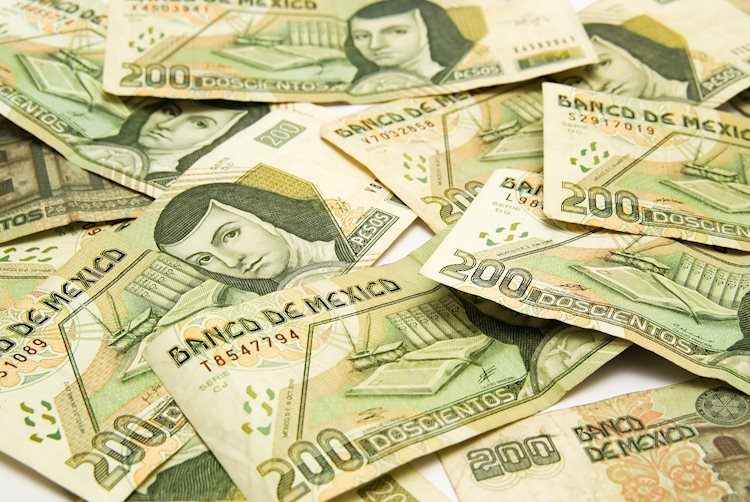The Mexican Peso (MXN) has experienced a range of fluctuations recently, trading lower in key pairs after initially rising and meeting resistance near the top of a falling channel since Mexico’s June elections. The initial weakness of the Peso following President-elect Donald Trump’s victory in the US presidential election was soon reversed after concerns about Trump’s tariff-heavy agenda on Mexican exports eased. The Peso further recovered after higher-than-expected Mexican inflation data suggested that the Bank of Mexico may not cut interest rates as aggressively as anticipated. Elevated interest rates tend to attract more foreign capital, which has aided the Peso in its recovery.
The Peso faces uncertainties due to Trump’s promised tariffs on Mexican goods entering the US. Trump has threatened to impose high tariffs on Chinese vehicles entering the US through Mexico, affecting Chinese investment in electric car plants in Mexico. However, some remain optimistic about Chinese companies continuing to manufacture in Mexico despite the uncertainty. Trump’s tariff policies may also be challenging to implement due to the United States-Mexico-Canada Agreement (USMCA) free trade deal, which already requires Mexican autos exported to the US to contain a high percentage of US components.
The outcome of the US Congress election could further impact the Peso. If Republicans win the majority in Congress, there could be a significant impact on the Peso’s value against the USD. Forecasts suggest a weaker Peso if Republicans secure a majority, while a range is expected if they fail to achieve it. Technical analysis shows that USD/MXN has weakened to support from the 50-day Simple Moving Average (SMA) after forming a bearish candlestick pattern. Despite this, USD/MXN remains in an overall uptrend on a short, medium, and long-term basis, with a break above key resistance levels indicating potential further gains.
The value of the Mexican Peso is influenced by various factors such as the performance of the Mexican economy, central bank policies, foreign investment levels, and remittances from Mexicans living abroad, particularly in the US. Geopolitical trends, oil prices, and macroeconomic data releases also impact the Peso’s valuation. Mexico’s central bank, Banxico, aims to maintain low and stable inflation levels through appropriate interest rate adjustments. Higher interest rates are generally positive for the Peso, attracting investors to the country, while lower rates tend to weaken the currency. The Mexican Peso tends to perform well during risk-on periods when market risks are low, but may weaken during times of economic uncertainty.
In conclusion, the Mexican Peso has faced fluctuations in recent times, influenced by various factors including political developments, economic data releases, and geopolitical trends. Despite initial weaknesses due to concerns over Trump’s tariff policies, the Peso has shown resilience and recovered following positive inflation data. Uncertainties remain regarding tariffs and the outcome of the US Congress election, with potential impacts on the Peso’s value. Technical analysis indicates a short-term weakening of USD/MXN but overall uptrend, suggesting possible further gains. Understanding the key drivers of the Mexican Peso’s valuation is essential for investors and traders looking to navigate the currency market effectively.











